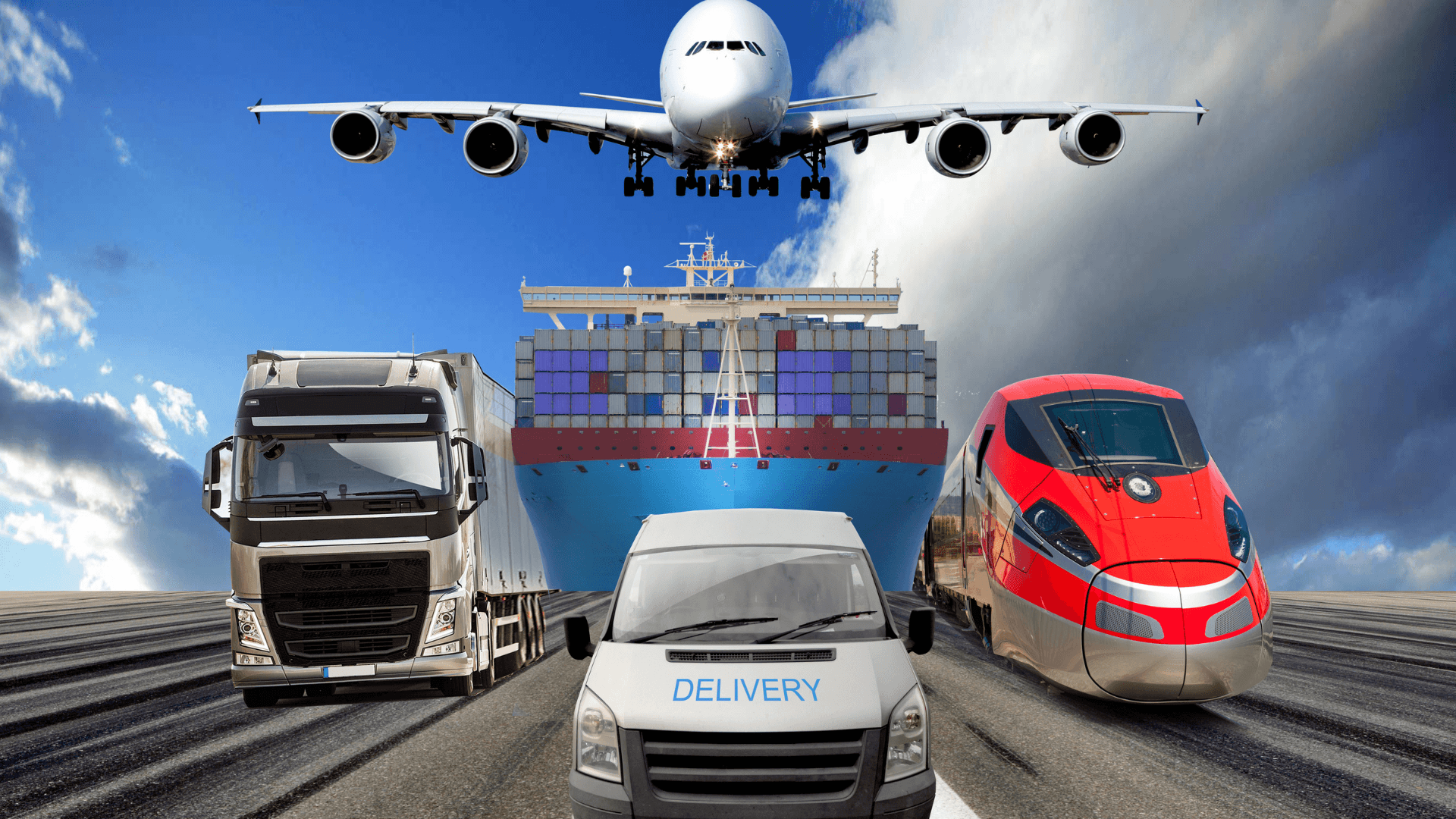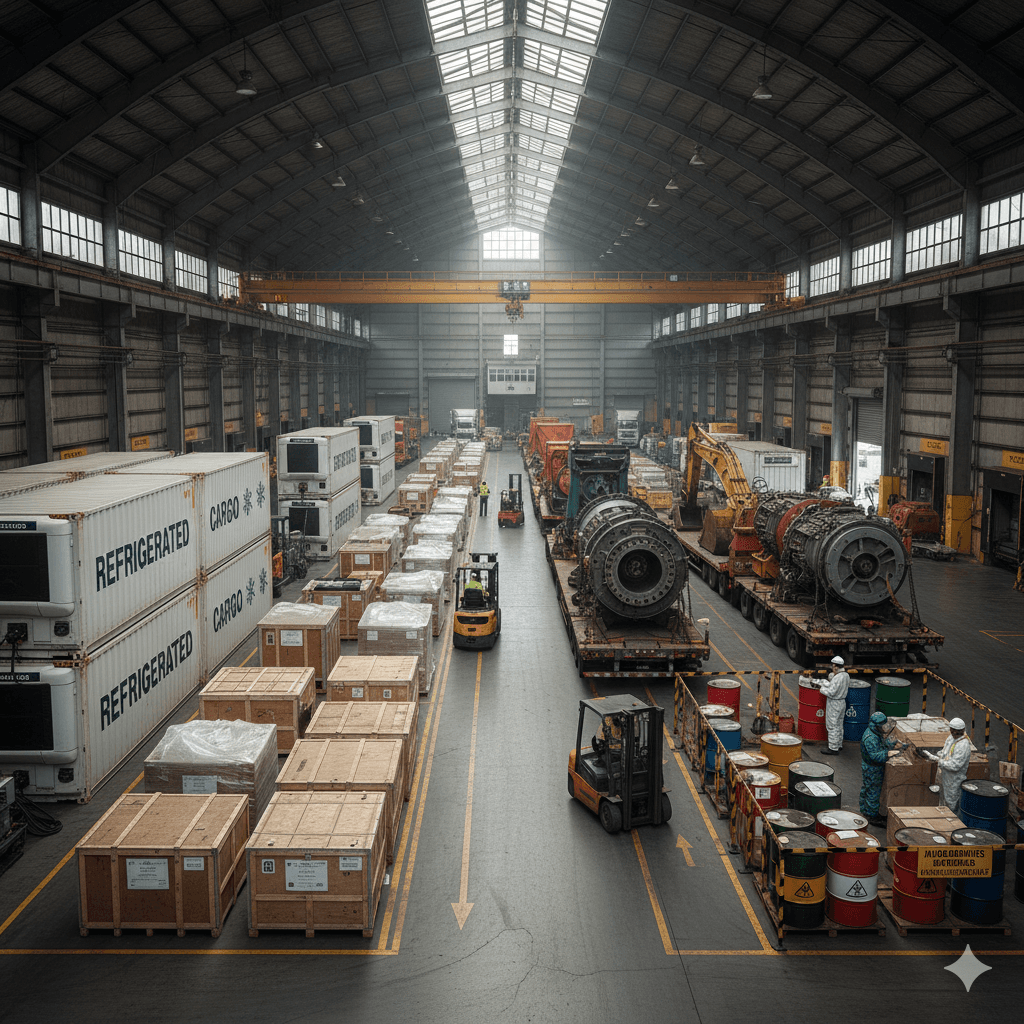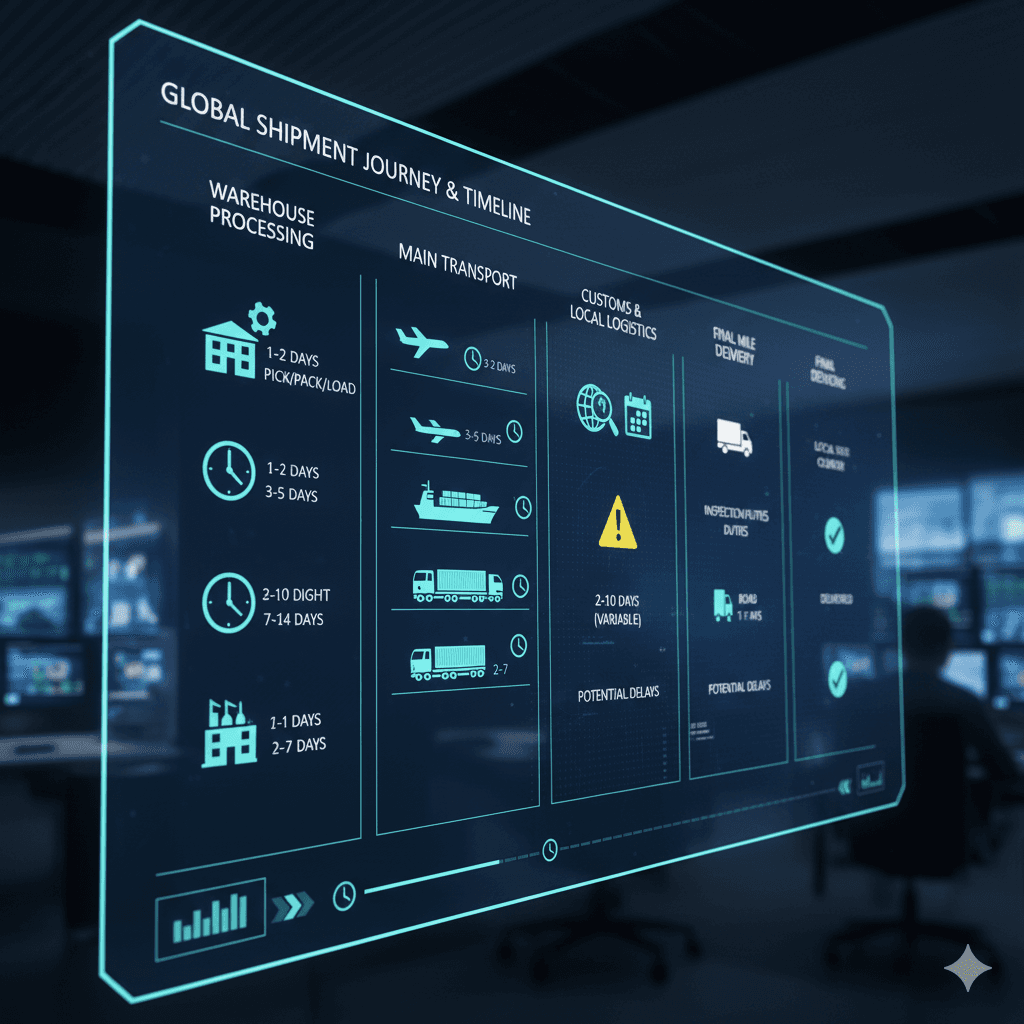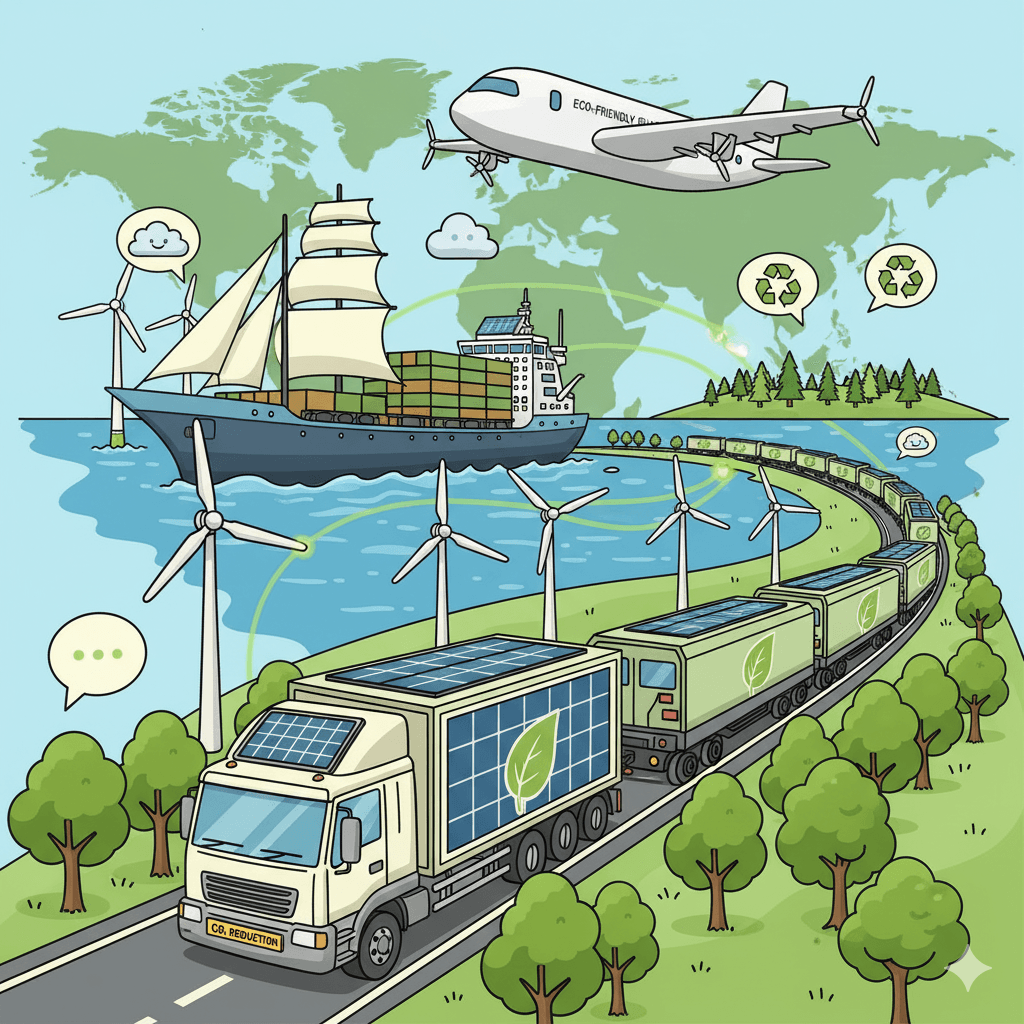
5 Factors in Choosing the Right Mode of Cargo Transportation
Introduction
Selecting the ideal cargo transport mode be it air, sea, road, or rail—can make the difference between a smooth, affordable shipment and costly headaches. Whether you’re shipping internationally or domestically, these five factors help you pick the best option for your business and cargo.
1. Nature and Requirements of Cargo
The physical characteristics and handling needs of your shipment are crucial in freight mode selection.
- Perishable or Temperature-Sensitive: Choose air or refrigerated sea/road transport for speed and controlled environment.
- Oversized/Heavy Equipment: Sea freight or specialist flatbed road/rail services are preferable.
- Hazardous Goods: Specialized handling and strict routing required, often limiting mode choices.

2. Distance and Geographic Reach
Shipping distance and delivery destination heavily influence mode selection.
- Short-Distance/Local: Road transport is flexible and provides direct delivery.
- Long-Distance/Domestic: Rail offers bulk efficiency for inland routes.
- International/Intercontinental: Sea freight is cost-effective for global shipments, while air is best for urgent or far-away deliveries.

3. Cost Considerations
Every mode varies in rate structure and operational costs.
- Sea Freight: Lowest cost per unit for bulk, non-urgent shipping.
- Road and Rail: Price depends on distance, shipment size, and last-mile needs.
- Air Freight: Premium price for speed and reliability; ideal for urgent, lightweight, or high-value goods.
It's important to calculate total landed costs including handling fees, fuel surcharges, warehousing, and insurance not just headline freight charges.
4. Transit Time and Reliability
How quickly cargo must arrive, and how reliably, shapes your transport mode.
- Air Freight: Fastest option for emergencies or just-in-time supply.
- Road and Rail: Reliable for scheduled or regional routes but may face delays from traffic or weather.
- Sea Freight: Slowest, but predictable for bulk shipments.
Balancing speed with budget is key combining modes (like sea + air or road + rail) can optimize both.

5. Environmental Impact and Sustainability
Eco-conscious shipping matters more than ever.
- Rail: Among the greenest for bulk, long-haul moves.
- Sea Freight: Efficient for large volumes, though slower.
- Road and Air: Higher emissions per ton, but may offer green upgrades (electric vehicles, carbon offset programs).
Consider your company’s environmental goals, customer preferences, and potential for combining modes to reduce your carbon footprint.

Conclusion
When choosing the right mode for cargo, a careful balance of cargo type, distance, cost, speed, and sustainability helps ensure every shipment arrives safe, on time, and within budget. Expert logistics partners like Sea Sky Cargo offer guidance in mixing and matching modes for optimal results whether you’re moving bulk containers overseas or delicate goods domestically.
Ready to select the best transport mode for your next shipment? Contact Sea Sky Cargo Service for custom solutions tailored to all five critical factors.
